Empowering Valves is happy to see so many industry professionals nominate their fellow peers, to help shine a light on the PEOPLE behind the equipment! Today’s Valve Person of the Week is Shannon K. Rodriguez, P.E., Managing Engineer with Houston Public Works & Houston Water.
Q. How did you get started working in the Industry?
Shannon: I knew growing up that I wanted to be a Civil Engineer because bridges and buildings fascinated me, and my dad always pointed out that I had a knack for math and science. As I began working on my Civil Engineering degree at Texas Tech, I realized that I actually preferred working with water and wastewater treatment – which led me to become a design consultant for 8 years. After time spent in the private industry, I started working for the City of Houston, managing our hydraulic model for two years. Then I moved over to our drinking water operations team in December 2014 and haven’t looked back.
Q. What is your favorite part of your job? What are you most proud of?
Shannon: I enjoy being able to get out in the field and get inside our large diameter pipelines with my field staff for inspections and repairs. I like the problem solving aspects because no two problems are the same, and on a daily basis, I am responsible for the public’s health and safety. I’m most proud of my ability to work one on one with our customers as a public servant and know that I always have their best interest at heart. I have been able to successfully coordinate the shutdown of some of Houston’s largest drinking water facilities without causing detrimental impacts. There is definitely a lot of ‘blood, sweat and tears’ that go into this job.
Q. What advice would you give to someone new to the industry?
Shannon: Be a sponge. Take it all in and learn from the “oracles” that have been in the industry for an extended amount of time because they can teach you the most. Dealing with pipelines, valves and large equipment can be daunting, but if you’re willing to absorb as much as you can, you’ll succeed with time. It just takes patience and earning the respect of those around you.
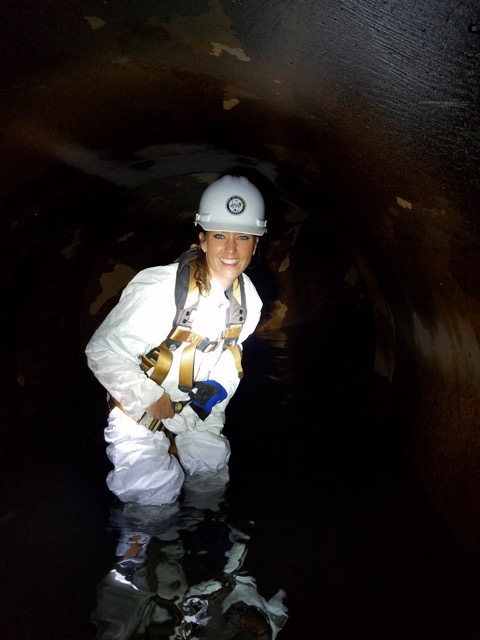
Q. Can you tell us about a cool project you worked on?
Shannon: It was definitely the most stressful project I have ever worked on, but I had to coordinate the repair of a 66-inch pipeline on the north side of Houston because it had been damaged after Hurricane Harvey, and the subsequent freezes we saw early in the year. This pipeline impacted the largest airport in Houston as well as the largest contract customer on the northwest side of town. It required an emergency shutdown because we were losing large amounts of water and potentially impacting a highway bridge crossing directly above the transmission line. I didn’t sleep for three days straight, and I can honestly say that my cell phone was ringing every five minutes – whether it was my boss, customers, the contractor, etc. I was able to get in the pipeline to assess the damage and work with our consultants and contractor to develop a path forward for the repair. It may have been stressful and I may have had nightmares in the following weeks about my cell phone ringer, but the fact that we were able to successfully repair such an important pipeline and do so within three days was more satisfying that I can describe. I’ve taken down pipelines as large as 96-inches, but none have ever been quite like this. It’s one of the reasons I was given the nickname Water Wizard.
Q. What are the top 5 questions you get asked by your customers? How do you answer them?
Shannon: To be honest, most of the time our customers just want to talk or vent. I manage all of the large diameter shutdowns and responses to customer complaints regarding water quality which we see on a daily basis.
- Why is my water brown or dirty? At this point, we open an investigation and have field staff go out to the location and check our waterlines. If needed, they will flush a hydrant in the area and check chlorine residuals. Our investigators will attempt to make customer contact to explain the findings or if we think it is a private side matter. A lot of the time, water heaters cause sediment to appear in the water in residences.
- Why is there standing water in the street? The first thing we do is determine if it is a small diameter (20” and less) or large diameter pipeline. We have an in-house maintenance group that can repair the small diameter lines and a large diameter on-call contract with a contractor that is able to repair the large diameter lines. We determine the priority level of the repair and move forward with initiating on-call or creating a work order for maintenance.
- Why can’t I flush my toilets on the third floor? This is typically related to pressures in the system. As part of the coordination efforts, we have started sending notices to the local media in an effort to be proactive and let the public know we have work going on in the area. Sometimes I have to go on camera for interviews to explain the work and why it is necessary for our drinking water system. Other times, we just have a valve accidentally closed in the area, and we initiate a valve sweep to have it investigated. There are many factors that affect system pressures, which is why I said no two problems are ever the same.
- Why did someone come to my door and tell me my water is unsafe to drink and offer to test it? This is a very common question for us to receive during the summer months. City employees are not allowed to enter private property at any time to test water; we find that salesman will approach our customers, identify themselves as city employees, and then proceed to tell the consumer that their water isn’t safe to drink and they should buy a filter.
- Why are there hydrants open that are wasting large amounts of water? As part of water quality management, we perform routine system flushing to ensure we are providing the highest water quality we can to our customers. This includes flushing dead end lines and areas where we may have had complaints in the past. To the general public, it appears that we are just opening hydrants and wasting water resulting in the streets being wet. Whenever we construct a new line or repair an old one, we are required to disinfect and flush at hydrants as part of that process as well.
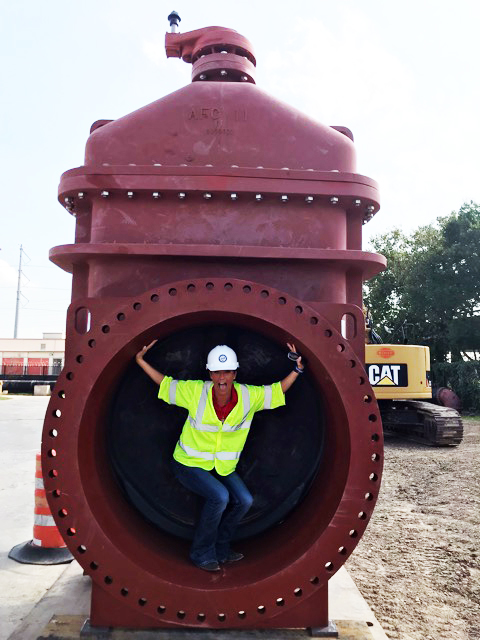
On behalf of the entire Empowering Pumps team, thank you, Shannon, for the awesome work you are doing in Houston! And a special BIG THANK YOU for being a role model for women everywhere in showing what opportunities might exist for them in the water industry!
Know an Amazing Person who is making valuable contributions within the Industry? Nominate them to be an “Industry Person of the Week”!
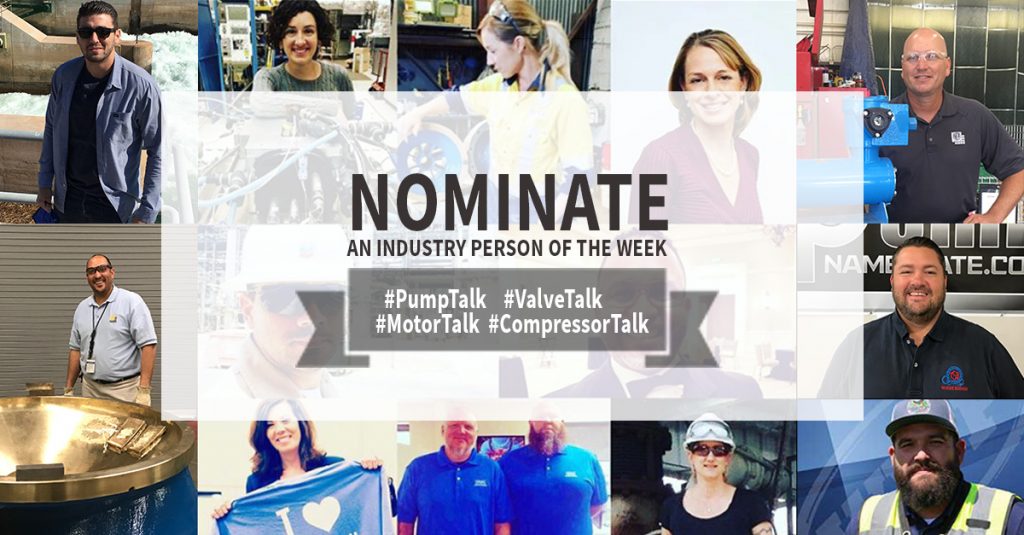

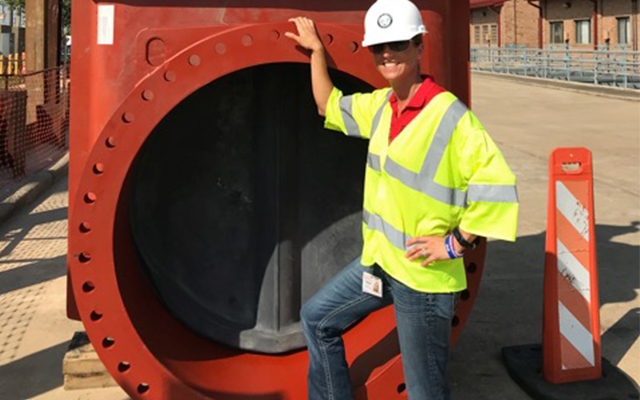
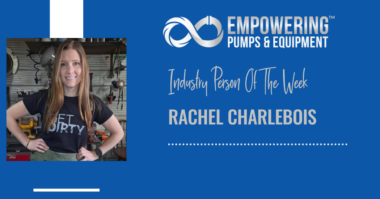
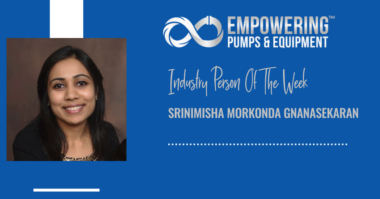

Comments